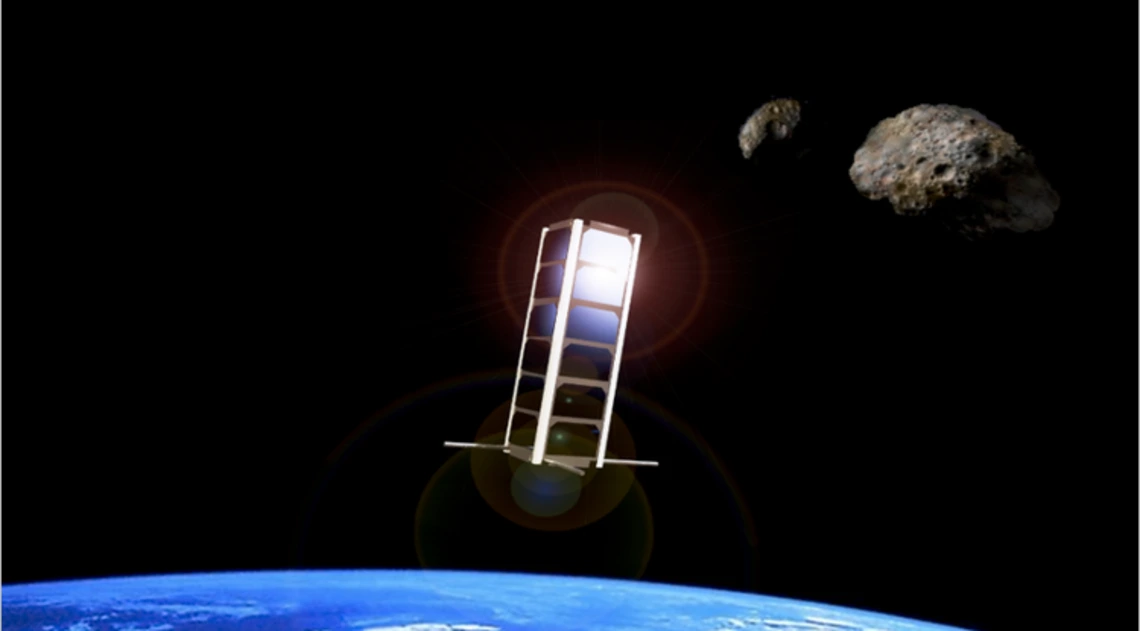$3M in NASA Funding to Help Students Build CubeSats

A team of University of Arizona researchers, led by associate professor of aerospace and mechanical engineering Jekan Thanga, will use $3 million in NASA funding over three years to research the low-gravity surface environments of asteroids, and to provide students from underrepresented backgrounds the opportunity to design, build and operate CubeSats, or miniature satellites, at the UA.
The project was selected through NASA's Minority University Research and Education Project Institutional Research Opportunity program. The UA is one of eight institutions to receive a share of more than $8.2 million in cooperative agreements awarded through the MIRO program.
"Our decades-spanning experience in planetary exploration makes the UA an ideal institution to lead this STEM education and research project," said UA President Robert C. Robbins.
Roberto Furfaro – UA professor of systems and industrial engineering, head of the Space Situational Awareness Initiative and a co-investigator on the project – said that he recruited Thanga specifically to be "the missing link" between CubeSat research and space situational awareness, which is the ability to monitor, understand and predict the behavior of objects orbiting Earth.
Other collaborators include Erik Asphaug of the UA Lunar and Planetary Laboratory, Desiree Cotto-Figueroa at the University of Puerto Rico at Humacao, Dennis Just of Pima Community College, Joseph Masiero of NASA's Jet Propulsion Laboratory, Greg Ogden of the UA Department of Chemical and Environmental Engineering, and Viranga Perera at the Johns Hopkins University Applied Physics Laboratory.
